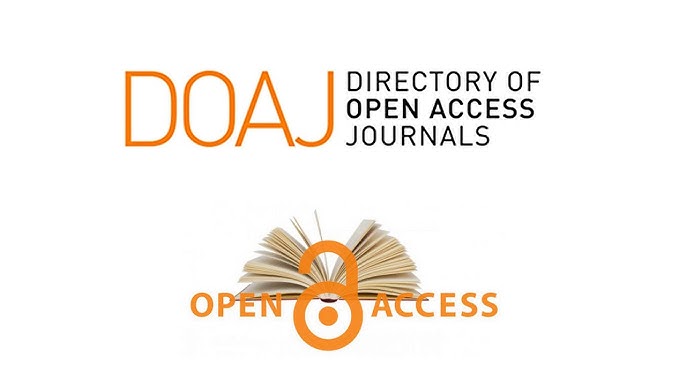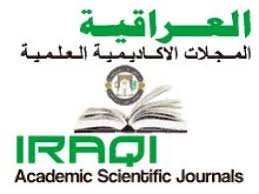Realistic Theory in International Relations: An Applied Study on the two Cases of the American Occupation of Iraq in 2003, and the Russian war on Ukraine in 2022
Abstract
The study aimed to provide a reading of realistic theory in international relations by studying the theoretical and intellectual origins, the criticisms that were directed at it, and projecting its applications on the two cases: the US occupation of Iraq in March 2003, and the Russian war on Ukrainian territory in February 2022. The importance of the study is highlighted by the fact that it deals with a key topic in which it reviews an paramount theory of international relations that is still strongly present in international politics which is the realistic theory that confirmed its presence in the interpretation and analysis of events and crises in the contemporary world. The study came in three sections; the first one is the intellectual and philosophical origins of the realistic theory. The second section is a critique of realistic theory. The third one is realism in the application and external behavior (the two cases: the US occupation of Iraq in 2003, and the Russian war on Ukraine in 2022. The study relied on several approaches in interpretation and analysis, namely the descriptive and analytical approach, the approach of the elite of power, and the forward-looking approach. The study concluded that: realistic behavior in international relations still enjoys a clear presence in the practice of international politics through the use of force by the great and major powers with the goal to achieve their vital interests without regard to international laws, bodies, organizations, and institutions governing international relations.



